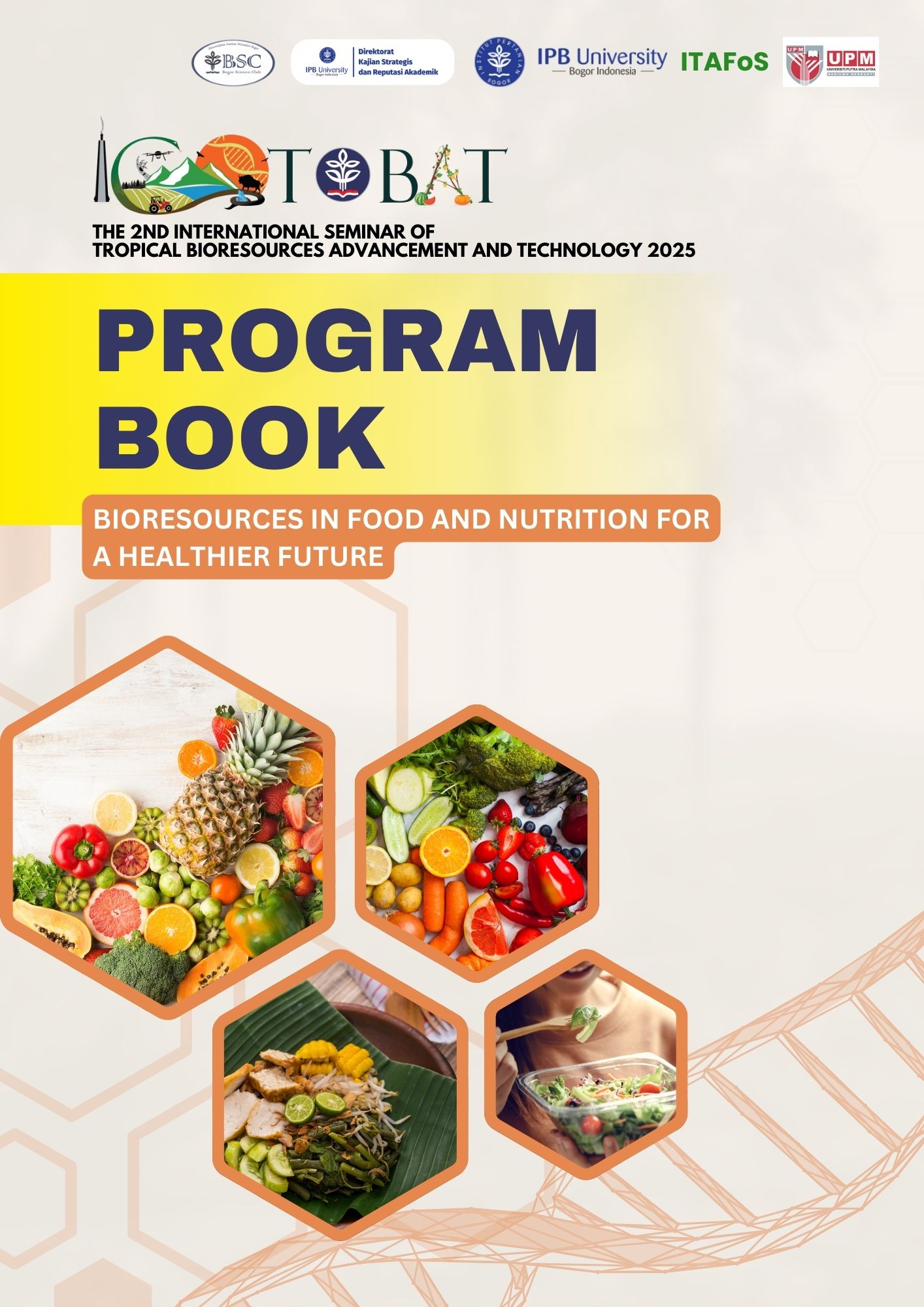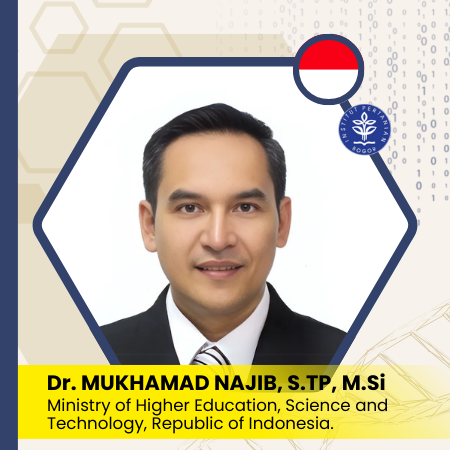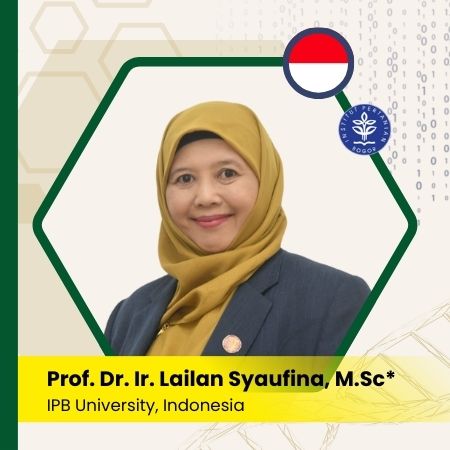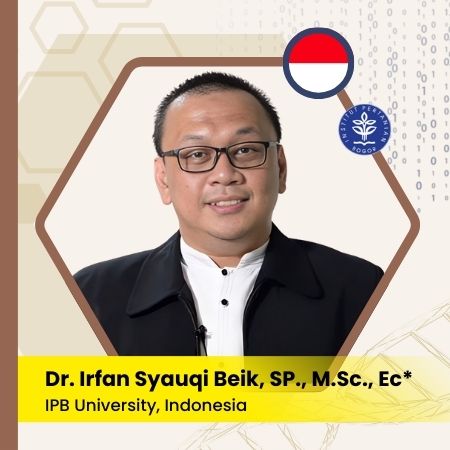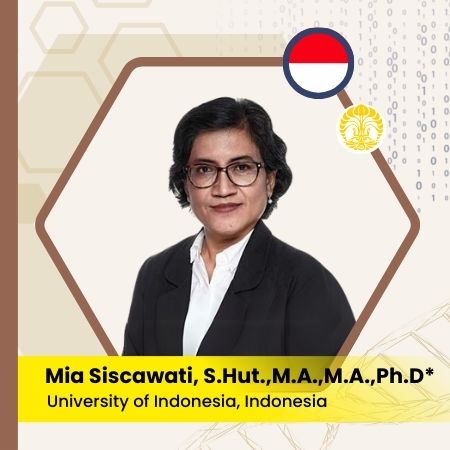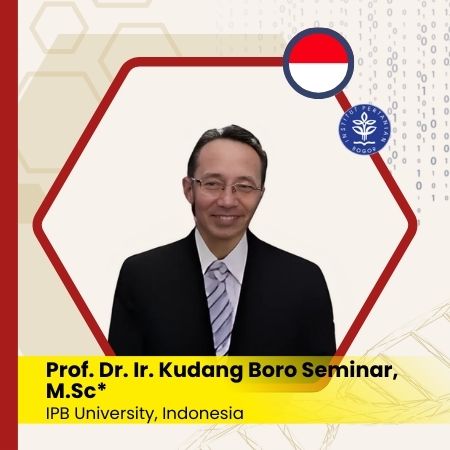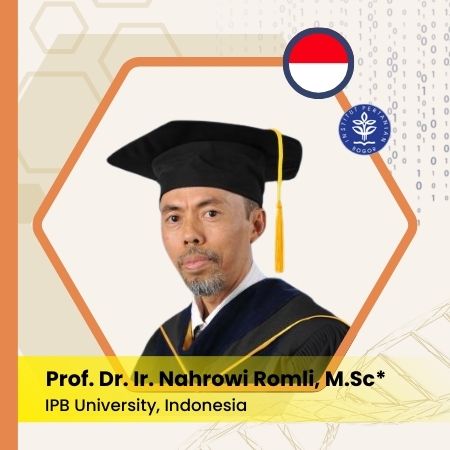Ethnogastronomic Study of Malay Gulai Masam in North Sumatra: Preserving Traditional Culinary Heritage to Support Food Security
Keywords:
Biodiversity; Ethnogastronomy; Gulai Masam; Malay culture; Tradisional foodAbstract
Gulai Masam is one of the traditional dishes of the Malay community in North Sumatra, rich in cultural values and biodiversity potential. Amid the currents of globalization and food modernization, this culinary heritage faces challenges due to the declining interest of the younger generation in traditional foods. This study aims to identify and analyze the various types of food ingredients used in Gulai Masam and to evaluate its contribution to cultural preservation and local food security.
The research employed a descriptive qualitative method using ethnobiological and ethnogastronomical approaches. Data were collected through in-depth interviews with key informants, including community leaders, housewives, and traditional culinary practitioners. The data collection was also supported by direct observation at food preparation sites and traditional markets.
The results reveal that Gulai Masam utilizes 33 types of food ingredients, comprising 21 plant species and 12 animal species, belonging to 26 families (14 plant families and 12 animal families). Plant parts used include stems, leaves, flowers, fruits, seeds, rhizomes, tubers, and fruit flesh, while animal parts include body, thigh, and whole body. These ingredients are sourced from the wild, cultivated gardens, and traditional markets. Beyond being a traditional dish, Gulai Masam holds significant cultural value as it is deeply embedded in the social practices of the Malay community and serves as a symbol of cultural identity.
In conclusion, Gulai Masam functions not only as a culinary heritage but also as an important element in preserving biodiversity, strengthening cultural identity, and supporting local food security based on traditional resources and knowledge.

